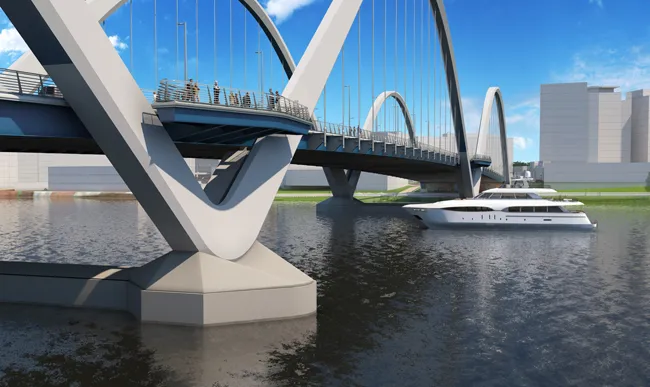
Sterling Construction’s subsidiary Ralph L. Wadsworth Construction has been selected by Utah Department of Transportation to renew sections of the interstate I-80 and I-215 highways.
Work on the sections, which run through Salt Lake Valley, will start in May and will take about two years to complete.
This project consists of the removal and replacement of existing concrete pavement, the design and replacement of four bridge structures and widening and adding lanes to several highway sections.
Two of the bridges will be constructed using accelerated bridge construction, sometimes called the ABC method. It involves the use of advanced technologies to assemble a bridge offsite and then transport it to site for installation, said Joe Cutillo, chief executive of Sterling.
“This sizeable project gives us the opportunity to showcase our highly differentiated accelerated bridge construction capabilities,” said Cutillo. “ABC…dramatically shortens the amount of time it takes to replace a bridge, which translates into substantially reduced traffic impacts and inconvenience to motorists in the area around a job site. Additionally, ABC substantially improves work-zone safety for both drivers and contractor personnel and minimises environmental impact, relative to conventional bridge construction methods.”
According to the website of Ralph L. Wadsworth Construction, the company is “a pioneer” in accelerated bridge construction and reduced construction schedules and traffic disruptions through lateral slides, bridge launches and self-propelled modular transporters (SPMTs), which can allow bridge replacements to be completed in a single 24-hour closure.
Among the company’s projects is the longest two-span bridge ever moved by SPMTs in the western hemisphere - the Sam White Bridge on Utah’s I-15 corridor expansion project. The 354-foot (105m), two-span steel girder Sam White Bridge over the Interstate I-15 in the city American Fork was designed by Michael Baker International engineering consultancy. The bridge was built in a staging area about 500 feet (152m) from the original structure and then moved into place in about five hours during the night using self-propelled modular transporters.
Sterling Construction’s various subsidiaries specialise in heavy civil, specialty services and residential projects in the primarily across southern US states, the Rocky Mountain region, California and Hawaii.








